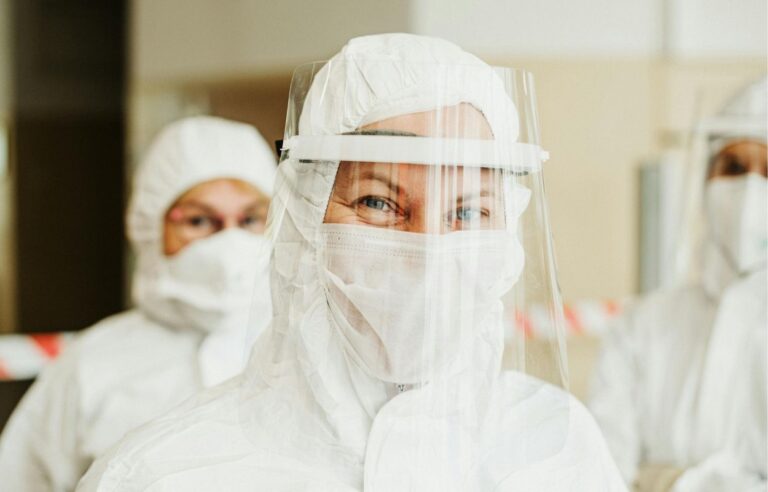When you think of deconstruction, you might picture heavy equipment, steel-toed boots, and piles of debris. But one of the most important aspects of deconstruction work isn’t the big machinery—it’s the small particles floating in the air. Dust may seem harmless, but on a job site, it can pose serious health risks. Professionals offering deconstruction services in Regina know this all too well. Protecting against dust and silica is a top priority, and they use specialized gear and strict safety practices to keep their crews safe.
Let’s take a closer look at how deconstructors shield themselves from dust exposure, what safety gear they rely on, and why these precautions matter so much.
UNDERSTANDING THE DANGER OF DUST AND SILICA
When buildings come down, clouds of dust rise up. This dust isn’t just dirt—it can contain materials like concrete, drywall, wood, insulation, and silica. Silica is a naturally occurring mineral found in materials such as brick, concrete, and stone. When these materials are cut, drilled, or demolished, they release tiny silica particles into the air.
Breathing in silica dust can cause serious health issues, including silicosis, lung cancer, and chronic obstructive pulmonary disease (COPD). The smaller the particles, the deeper they can travel into the lungs, making them even more dangerous. That’s why professionals in deconstruction services in Regina take dust control very seriously.
WHY DUST CONTROL IS CRUCIAL
Deconstruction projects differ from demolition because they focus on taking buildings apart piece by piece for reuse and recycling. This slower process means workers spend more time near dust sources. Controlling dust isn’t just about comfort—it’s about long-term health and environmental responsibility.
Dust can affect everyone on the site, from machine operators to laborers and even nearby residents. Fine particles can linger in the air for hours, settling on skin, clothing, and tools. That’s why comprehensive dust management plans are mandatory on any professional deconstruction site.
PERSONAL PROTECTIVE EQUIPMENT (PPE) IS A MUST
The first line of defense against dust is personal protective equipment (PPE). Every worker should have access to the right gear and be trained on how to use it properly.
Among the most effective tools for protection are P100 half masks for dust and silica. These respirators filter out at least 99.97% of airborne particles, making them ideal for dusty environments. The “P” means the filter is oil-proof, while “100” represents the high filtration efficiency.
P100 half masks are designed to form a tight seal around the nose and mouth, preventing harmful particles from getting through. They are lightweight, comfortable for long use, and compatible with other PPE like safety glasses and hard hats. Workers who use these masks report feeling less fatigue and irritation, especially on dusty jobs that last all day.
OTHER CRITICAL PROTECTIVE GEAR
While respirators play a major role, they’re just one part of the safety equation. Full protection requires a combination of PPE and good work practices. Here’s what a typical dust-protection setup looks like for deconstructors:
- Eye Protection: Safety goggles or sealed glasses keep dust out of the eyes. Even a small particle can cause irritation or injury.
- Protective Clothing: Disposable coveralls or washable workwear prevent dust from clinging to clothes and being carried home.
- Gloves: Heavy-duty gloves protect the hands from sharp debris while minimizing skin exposure to dust.
- Head Protection: Hard hats are essential on all construction and deconstruction sites to protect from falling materials.
- Boots: Steel-toed boots with good grip protect against punctures, slips, and heavy impacts.
Each piece of equipment works together to minimize exposure and keep workers safe and comfortable on site.
DUST CONTROL TECHNIQUES ON SITE
Beyond PPE, professional deconstructors use several dust suppression methods to minimize particles in the air. Common strategies include:
- WETTING DOWN MATERIALS: Spraying water on dusty surfaces before cutting or dismantling prevents particles from becoming airborne.
- USING VACUUM SYSTEMS: HEPA-filter vacuums are attached to tools to capture dust right at the source.
- BARRIERS AND ENCLOSURES: Temporary walls or tarps help contain dust to specific areas, keeping nearby spaces clean.
- VENTILATION SYSTEMS: Air scrubbers and fans help filter and circulate air, reducing airborne dust.
- REGULAR CLEANUP: Frequent sweeping with wet methods or vacuum systems helps prevent dust buildup on floors and equipment.
These practices don’t just improve air quality—they also help maintain visibility, reduce equipment wear, and create a safer work environment.
TRAINING AND AWARENESS
Even the best equipment and techniques won’t work if workers aren’t trained properly. Deconstruction crews in Regina receive ongoing education about dust hazards and prevention. Training covers proper respirator use, maintenance, and storage, as well as recognizing signs of overexposure to dust or silica.
Supervisors also monitor dust levels using air sampling tools to ensure conditions remain safe. This proactive approach allows them to make quick adjustments, like increasing ventilation or requiring additional PPE if necessary.
HOW DECONSTRUCTION SERVICES IN REGINA LEAD THE WAY
Professionals providing deconstruction services in Regina stand out for their commitment to safety and sustainability. They follow strict provincial and federal safety regulations, ensuring every worker and project site is compliant. Beyond legal requirements, many companies take extra steps to protect workers and the environment.
Using equipment like P100 half masks for dust and silica, advanced dust control systems, and thorough training programs, these experts demonstrate that safety doesn’t have to come at the expense of efficiency. In fact, cleaner, safer job sites often run more smoothly, with fewer delays and healthier, more motivated teams.
THE BOTTOM LINE
Dust may be small, but its effects are huge. From protecting workers’ lungs to ensuring environmental safety, dust control is a cornerstone of professional deconstruction. Using proper PPE, especially P100 half masks, along with effective on-site practices, keeps teams safe and projects running efficiently.
When you hire professionals offering deconstruction services in Regina, you’re not just getting a team that knows how to take a building apart—you’re getting experts who prioritize health, safety, and sustainability every step of the way.



